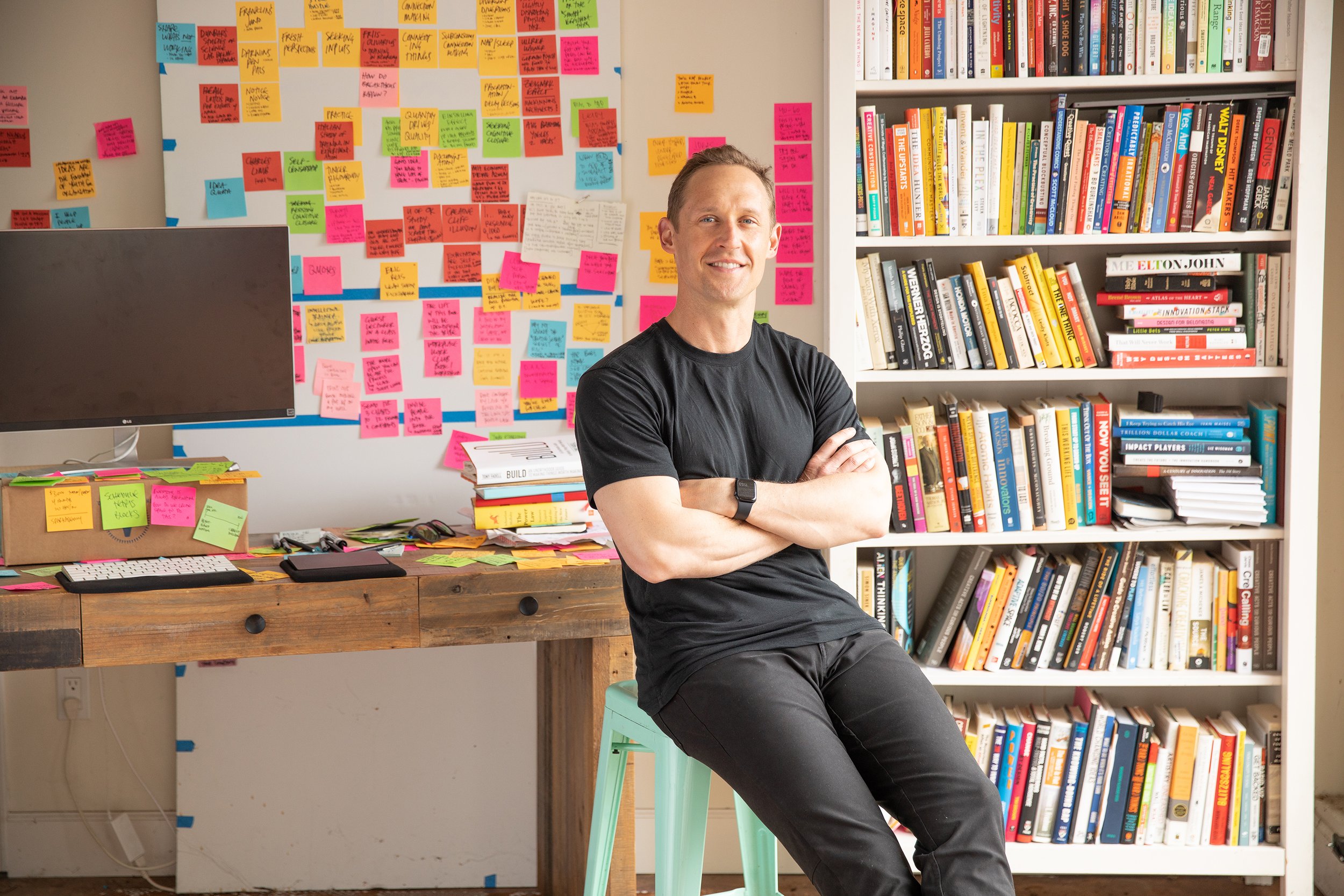
Methods of the Masters
A blog on the art & science of creative action.
Short-Circuit Self-Censorship
Thomas Edison is one of history’s most prolific inventors. He made regular professional use of an under-rated if not derided personal past-time. New research suggests his radical strategy works!
Put Up With The Mess
Maya Angelou and Thomas Edison have given me unexpected permission. One of their secrets — quickly becoming mine — is to not tidy up so much.
Cultivate Your Imagination
Thomas Edison said that cultivating the imagination was one of the essential qualities of the inventor. Sounds straightforward enough… But how does one do that?
Do An Idea Quota
Pianists play the piano. Swimmers do laps. But what about innovators? What do they do? Innovators generate abundant options. Try this.
Designate A Thinking Chair
Edison is one of history’s most prolific inventors. He made regular professional use of a common personal past-time: napping.
Keep A Junk Pile
How do you increase the velocity of experimentation? According to Thomas Edison, “To invent, you need a good imagination and a pile of junk.”
Make Scrappy Experiments
Innovators from Edison to Netflix teach us that while every innovator should know how to craft clever experiments, yet one clever experiment is hardly sufficient… you’ve got to get scrappy.
Expect the Unexpected
When Thomas Edison invented the phonograph, it was nothing more than an absent-minded, off-handed comment during an after-hours diversion. Turns out, that’s how many insights are discovered.
Take A Micro Nap
Innovators from Edison to Einstein to Frank Lloyd Wright to Salvador Dalí have historically leveraged a strategic tool I’ve been long reluctant to wield… until now!
Make Your Space Yield Connections
Maya Angelou and Thomas Edison gave me permission to keep my space messy. It’s not unlike one of those detective whodunits, every available surface covered in conspiracies. If you peeked into my garage, you’d probably think, “I hope he finds the killer…”
Form A Hypothesis
A good hypothesis is one of the most valuable assets in the scientific world, and they’re only getting more valuable. The question is, how to form them? This is where design thinking shines.
Reduce Experimental Fidelity
Every innovator should know how to craft clever experiments; but one clever experiment is hardly sufficient. One critical insight is that quantity matters - as does resolution, and velocity.











